Description
PRINCIPLES OF INSTRUMENTAL ANALYSIS, 7th Edition, places an emphasis on operating principles of each type of instrument, its optimal area of application, its sensitivity, its precision, and its limitations. You’ll also learn about elementary analog and digital electronics, computers, and the treatment of analytical data.
When instrument users are familiar with the fundamental principles underlying modern analytical instrumentation, they can make appropriate choices and efficient use of these measurement tools. For any given analytical problem, a seemingly bewildering number of alternative methods exist for obtaining the desired information. By understanding the advantages and limitations of the various tools, suitable choices can be made, and the user can be attuned to limitations in sensitivity, precision, and accuracy.
In addition, users of instrumental methods should be aware of the various techniques for calibrating and standardizing instruments, and validating the measurements made. It is therefore our objective to give readers a thorough introduction to the principles of instrumental analysis, including spectroscopic, electrochemical, chromatographic, radiochemical, thermal, and surface analytical methods. By carefully studying this text, readers will discover the types of instruments that are available and their strengths and limitations.
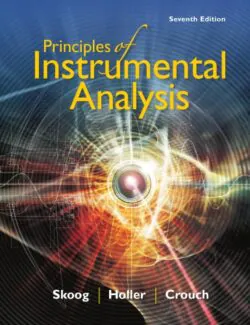
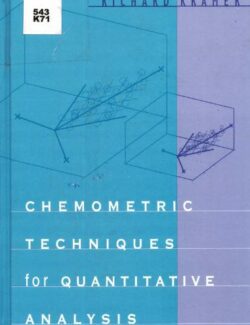
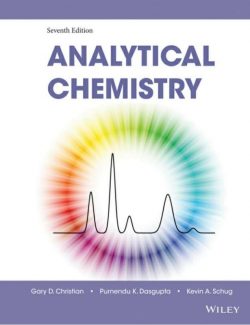
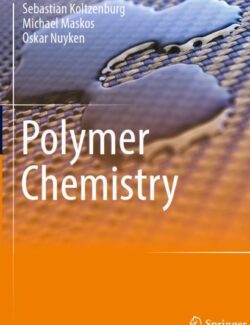
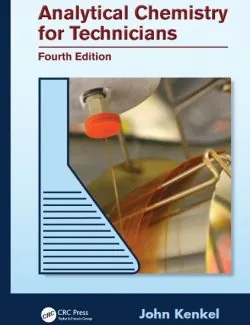
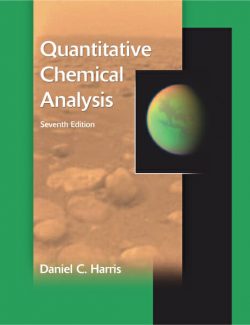
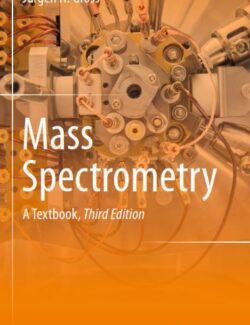
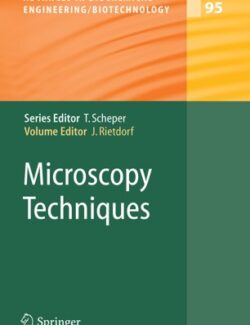
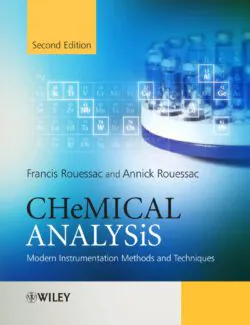
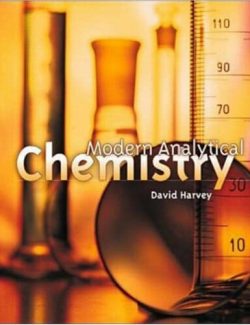
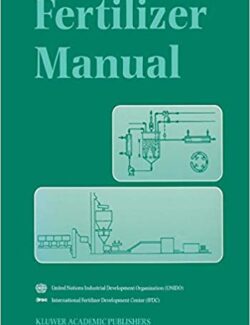
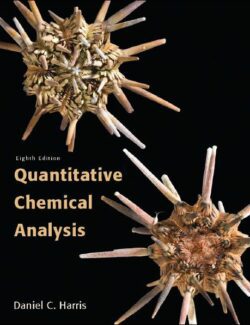
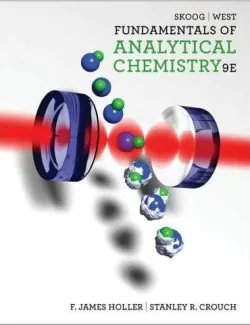
Leave us a comment
No Comments